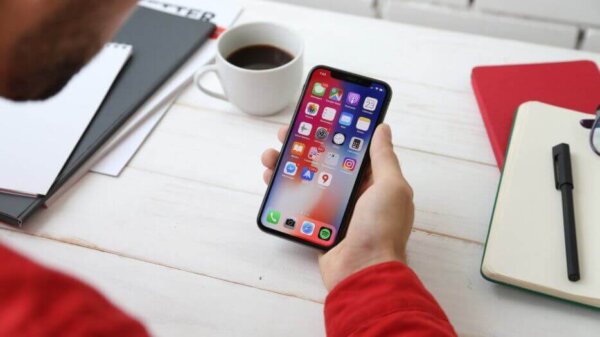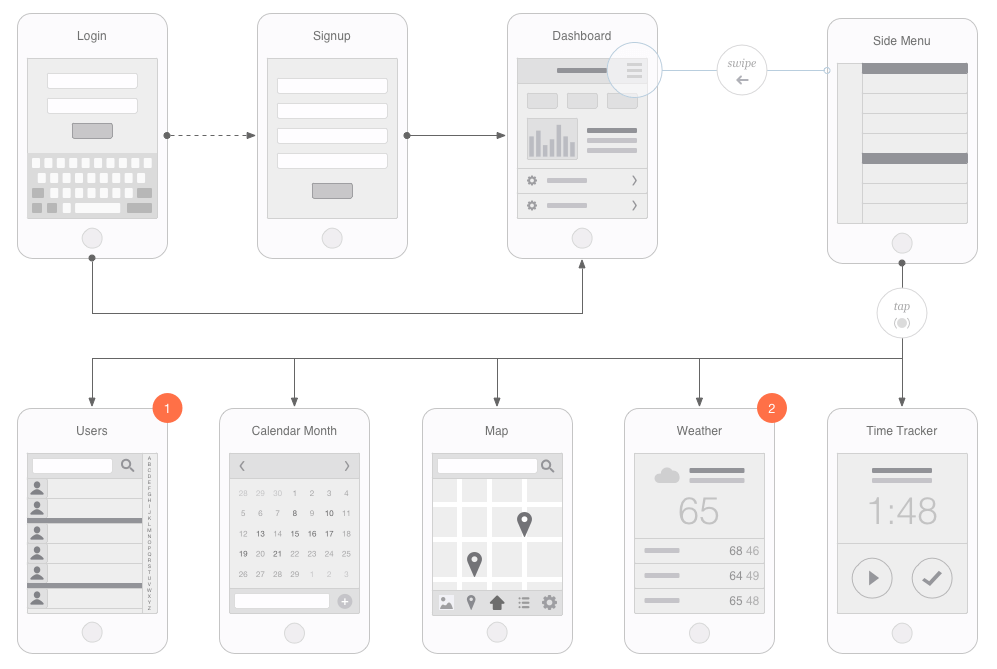
How Thinking Like An App Designer Can Boost Conversions
App design can teach us a lot about how to organize and build websites that boost conversions.
An effective mobile app designer knows that you succeed by promising to do one thing well and then delivering on it. The highest converting ecommerce and lead generation sites succeed for the same reason. They’re all intentionally designed with their customer’s experience in mind.
The same principles required of an app designer to create successful mobile apps apply to designing websites that convert. Unfortunately for everyone, most websites don’t leverage those principles.
The principles behind successful mobile apps apply to designing websites that convert. Share on XMobile apps are designed intentionally to help people accomplish a few specific things. Ecommerce sites should be designed to help people research, purchase, and get support on products from a brand. Lead generation sites should be designed to provide so much value to a potential lead that they become one.
An app designer asks, “who is it for?”
Since the only real way to increase your conversion rate is to increase the number of people who find your site relevant to what they are trying to do, it makes sense to align around those people and their goals.

Understanding who your customers are and what is important to them is step one. You can read all about how to pull that off in our book Stop Marketing, Start Selling. From there, your only task is to ensure your website and its content are designed to help your customers get what they came for.
Great apps are great at doing one thing well
Whatever goal an app is designed to accomplish, it is intentionally designed around the associated tasks required to accomplish that goal. Its success can be judged objectively. While it’s fine to win design awards and have people impressed with how cool your site looks, it’s way better to have a growing list of happy customers (and the revenue they bring) because your site helps them with their goals.
Content is prioritized by use, and grouped by task
If you open the Amazon app, you’ll see exactly what you are looking for: the search box. Next to it are two more ways to search (scan a barcode, speak to it). They have one promotion of their own, and the rest is personalized based on my past behavior.
The key thing to note here is Amazon is massive, but it doesn’t feel that way. It feels like it will be really easy to find whatever I’m looking for. All the stuff I don’t need to see is neatly tucked away somewhere intuitive (for example, in case I decide I’d like to browse by department, there’s a menu for that). They don’t cater to every edge case, they cater to the most important goal. Everything else is personalization.
The brand experience is woven into every interaction
There aren’t many apps I’d keep using if I had to navigate through endless rotating image banners and email capture popups. Unfortunately, that’s many websites. Let’s learn from an app designer and stop all that nonsense.
The experience your customer has with your brand is your brand experience. It isn’t necessary to separate the two into “brand storytelling” and “customer experience”.
Recognize that every touchpoint a customer interacts with your brand through is telling them the story of how much you care about them as a customer. If your site sucks, your brand sucks.
Success is determined by how useful it is
Good app designers track usage of the features they create. They remove the ones that people aren’t using. They increase the ease of use on everything else. They spend a lot of time trying to figure out how to keep people coming back. Their success is judged on their ability to do these things.
If your website was an app, you’d hide the content and functionality people didn’t need. It would be designed from the start with people in mind. It would be judged on its ability to keep people coming back because they get so much value from it.
Take the time to simplify your site content and intentionally design every interaction. Share on XTake the time to simplify your site content and intentionally design every interaction to help your visitors accomplish their goals, and they’ll keep coming back.
